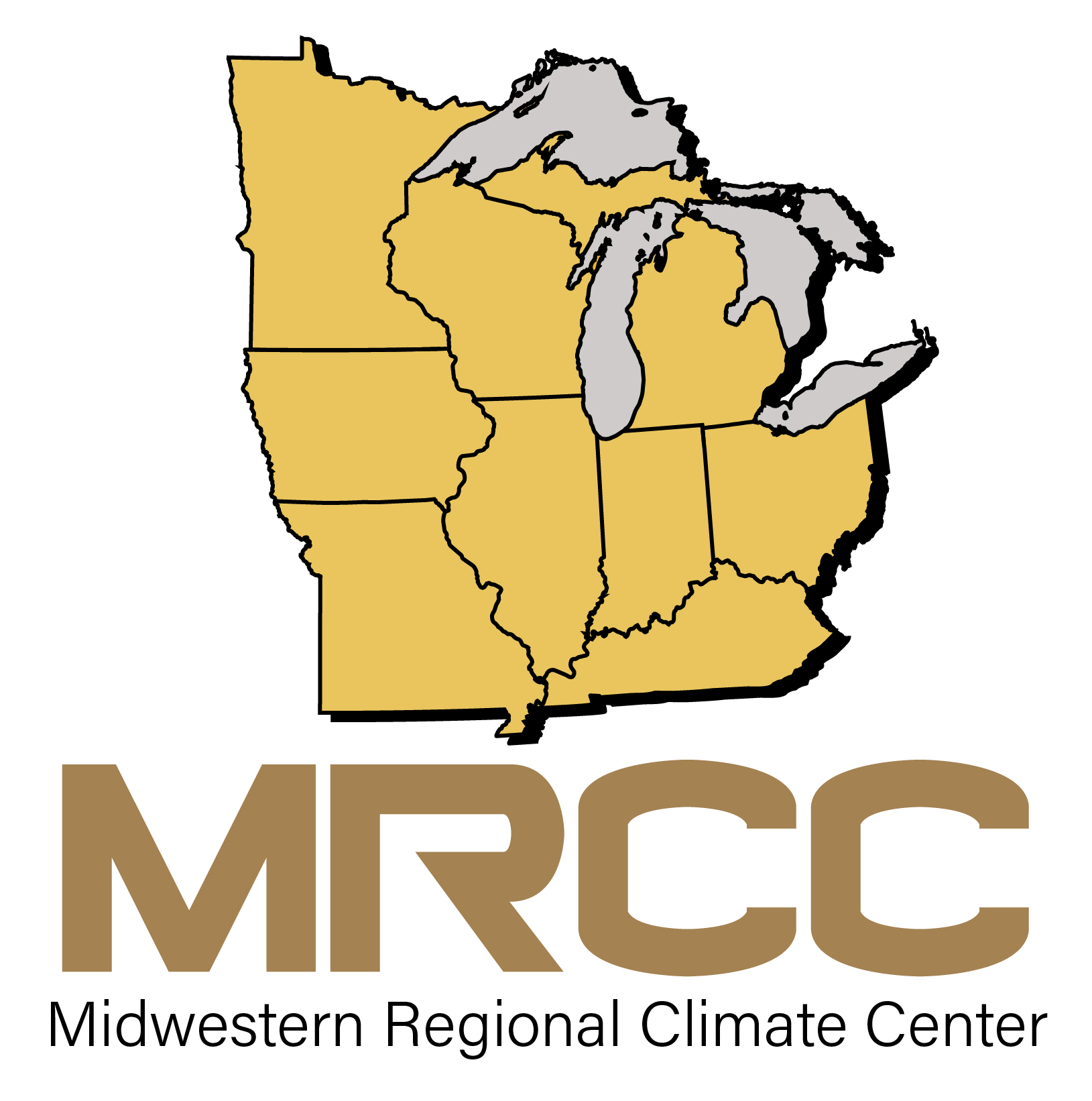What do you think of when you hear the word climate? I would guess answers would range from ‘average weather conditions’ to ‘hot, muggy summers’ to ‘climate change’ to ‘environmental policies and politics’. What a range! Fields of climate can vary from paleoclimate studies (e.g., ice cores and tree rings), to applied climate science (e.g., architectural design and vector-borne diseases like West Nile Virus and Malaria), to climate modeling (e.g., lots of physical equations and computers), to climate change (e.g., ‘but the polar bears, Daddy!’), to climate services (e.g., data translated into information). Among all this diversity, the common thread is the consideration and correlations of what has occurred in our atmosphere historically to better understand and prepare for current and future decisions.
Since the late 1800s, our country has had an organized effort to collect observational data (e.g., temperature and precipitation) at hundreds of locations so we can monitor and research patterns, trends, variability, and extremes. Public funding supports this national data stewardship, and anyone can access the raw data and national products (e.g., maps and charts) through the National Weather Service and the National Centers for Environmental Information. In the early 1980s, it was recognized that archiving and delivering the raw data was rarely useful or usable to the everyday person. Therefore, six regional climate centers (RCCs) were established that could prioritize regional needs such as coastal issues, agriculture, and urban environments to develop resources and services that translate much of the observational data into information stakeholders can use to make critical decisions. The Midwestern Regional Climate Center (MRCC) is one of these RCCs and is located at Purdue University. It prioritizes many of its online tools and services to better serve the agricultural and water resources communities, though serves all sectors and stakeholders within the 9-state region and beyond.
In mid-April, the annual federal funding contract expired for the 2024-2025 period and funding lapsed for several days. As a result, online and other climate services were suspended at 4 of the 6 RCCs. This caused a reaction like when the power goes out at home, and one quickly realizes all the uses of electricity and what impacts not having it causes. State climate office around the country no longer had access to critical maps to understand if current temperature and precipitation was above or below normal. Those providing recommendations to the national U.S. Drought Monitor could no longer examine data to know how the last 30-, 60-, 90-, or even 120-days of precipitation compared to normal. The agricultural community lost access to products utilizing growing degree-day information and other information important for planting and chemical application decisions. Departments of transportation at all levels of government were no longer able to monitor how this winter’s snow season has been progressing to assess material and personnel capacity.
Fortunately, by April 21st, funding for the next 12 months was approved for the RCCs and the websites hummed back to life. As a leader of one of those RCCs impacted, I am so very grateful for the outpouring of support and response that helped advocate for the continued existence of the RCCs. Climate services is an operational field the depends on readily available access to historical and near-real-time data so that current conditions can be put into perspective. We are proud to serve our region by delivering a wide range of decision-support tools, monitoring tools, and general information free to the public. I encourage you to visit the MRCC’s website when you have a chance and learn more about how climate services can help you, your community, region, and nation.



